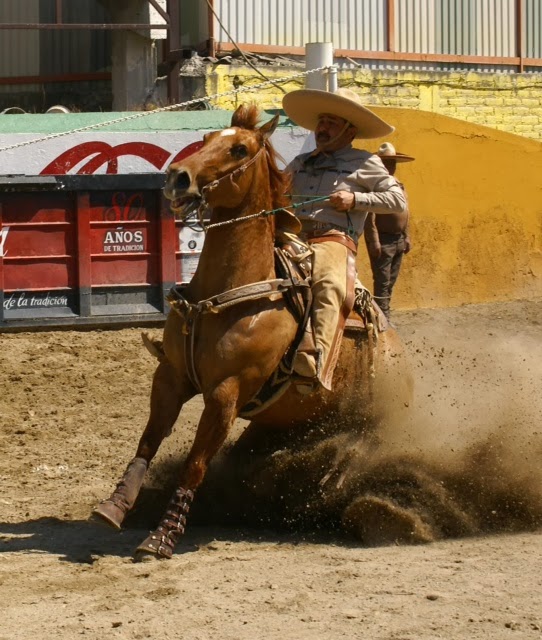Washing a car in this dusty and only partially paved country seems like an exercise in futility. Yet vehicle grooming here reflects devotion usually reserved back home for the good china.
I learned this the first time I took our little Honda Fit to the Real (ray-AL, meaning “royal”) car wash for a quick rinse. I now know that a quick rinse is not commercially available here.
Once I paid my 65 pesos, about five bucks, the car passed under the all-around spray nozzles as fast as it would have anywhere else. But what happened next at first impressed, then delighted, then confounded and finally annoyed me as I watched the big hand slowly circle the waiting room clock.
A gang of attendants armed with rags and a variety of chemical sprays tore open all doors and hatches and proceeded to treat the Fit like a crime scene.
Particles and fibers were extracted first in bulk, then captured in clusters and finally hunted down one by one. Corners and crevices I hadn’t yet become aware of myself were exposed, freed of foreign objects and sanitized. Every surface, including the door edges and frames, was wiped until it shone.
Attention then returned to the exterior. Glass was polished. Metal wheels were cleansed by hand of all traces of spatter and grime, even around lug nuts and the rims of the perforations. The tires were glossed up with Armor All.
Bored, impatient and getting very hungry, I stepped outside in hopes of signaling that I was satisfied I’d gotten my money’s worth. I was ignored and left to count the number of times any given panel, fairing or fixture was rubbed down by another attendant. Five times was typical, but some reached double digits.
Nearly an hour had passed before the last dirt dervish handed me my keys and spread a towel on the driveway next to the driver’s side door so I could wipe my flip flops before sullying the pathogen-free interior. I regretted that I hadn’t showered that morning, or brushed my teeth.
On the way home, I thought to myself that my Fit would never get a more intrusive cleaning, but I was wrong.
When it was time to take the car back to the Honda dealer for its first warranty inspection, I found out that all service visits include a wash. Not only was the car spit-shined just like it was at Real Carwash, but they popped the hood and turned a pressure hose on the engine.
It looked like it just came off the assembly line. On subsequent visits for minor adjustments such as bulb replacements and the like, I tried to say don’t bother with the washing this time. They pretended they didn’t hear me. It seems to be a matter of the dealership’s honor. At least there's wifi in the customer lounge.
Not everybody has time or money for this, but the lust for gleaming chrome seems nearly universal, and the market has responded at all levels. You can’t go to Walmart or the supermarket without being solicited for a wash by a guy wheeling a portable compressor..
And it’s hard to find a busy block in town where there isn’t someone waiting with a bucket and a rag.
But these fellows aren’t that much cheaper than Real, you get no attention to your interior and you still may have to wait a while before you can drive away.
I dread all the options so much that I tolerate several layers of stubborn dirt on the glass for days. I realized this morning just how much I dislike dealing with it when I was stopped at a traffic light and sensed movement in one of the mirrors.
“Thank God,” I thought when I saw what it was. “A squeegy man.”









